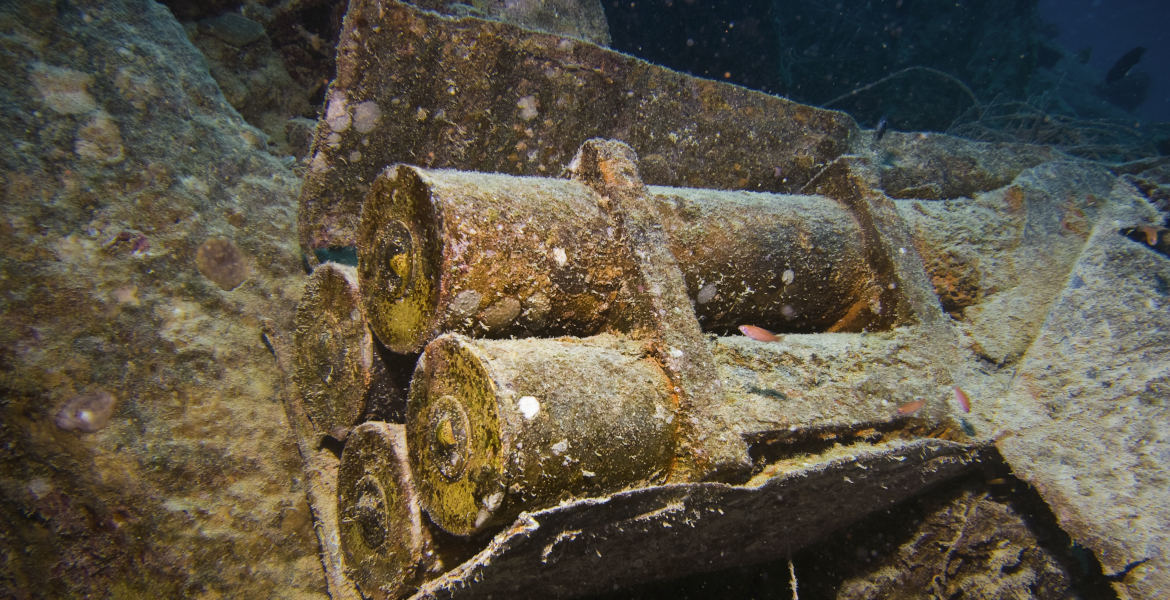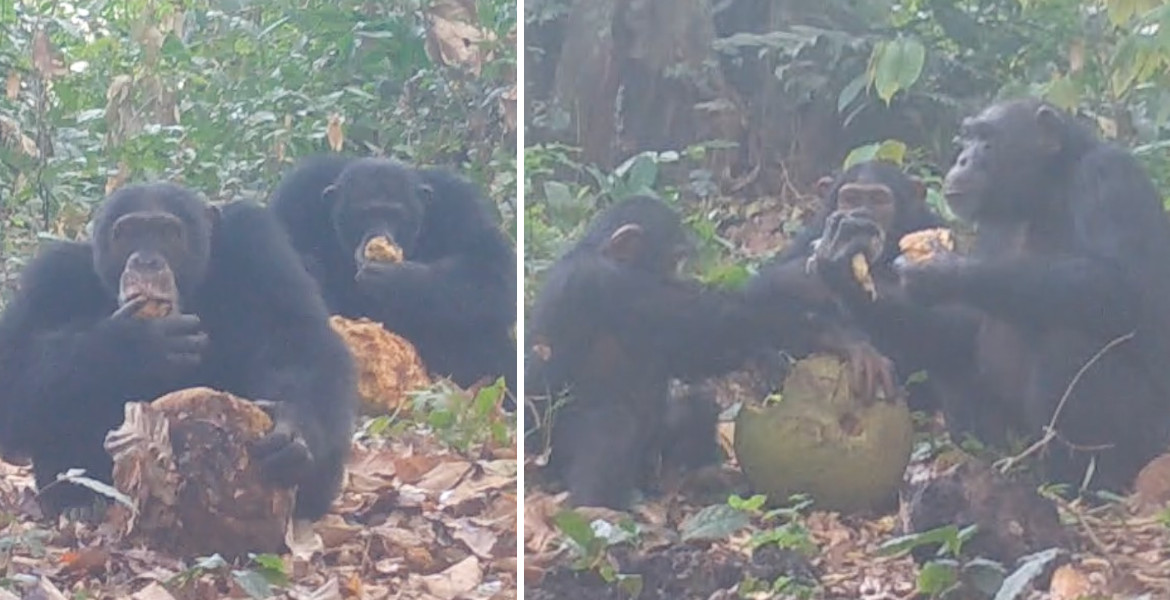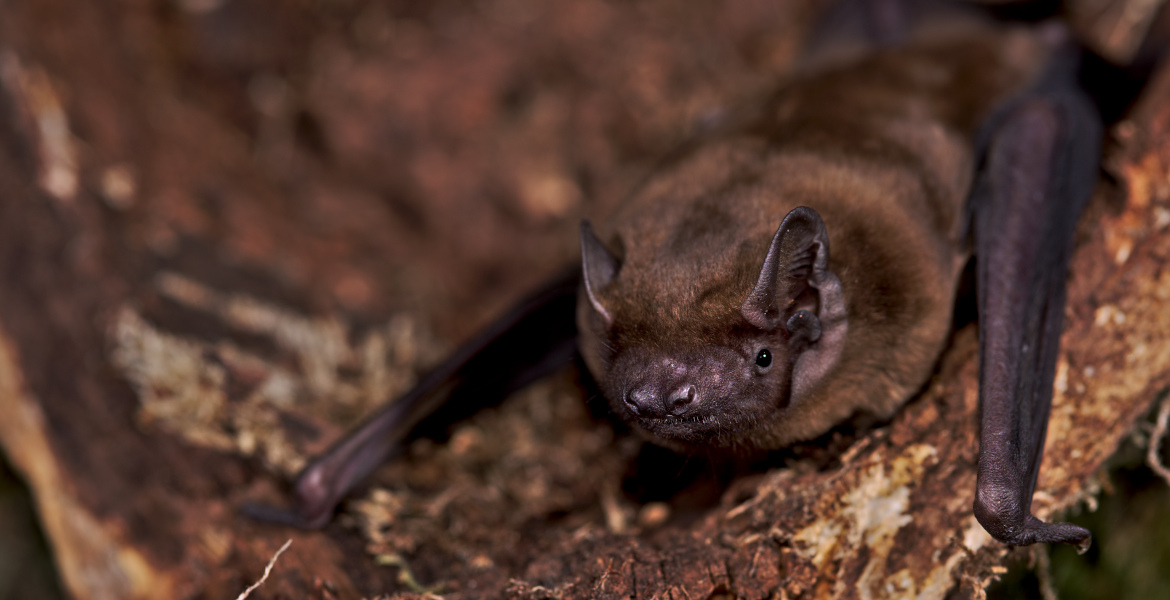Despite the end of summer, there is still plenty to pick when it comes to edible plants. Heather grows in the forest, which according to Swedish folklore should not be brought into the home, but which can be effective against gastritis. A common lawn weed that grows in the autumn also contains a lot of nutrients.
As summer turns to autumn, much of the Swedish vegetation begins to wither as the heat fades. However, there are a lot of herbs and other plants that grow into autumn, and also a lot to pick all year round in both forests and fields.
Sweden’s “right of public access” (allemansrätten) allows people to pick many plants, mushrooms and berries in the country’s forests and fields. Remember, however, that one needs the landowner’s permission to pick the fruits of trees and certain other plants. Also, never pick more than you need, and remember that many plants are food for other animals.
One thing that is always important is to never eat anything you are unsure about, as many of the country’s plants can actually be very poisonous.
Chickweed (Stellaria media)
Harvested: All year round
This herb is a very common weed and grows mainly in gardens throughout the country. It grows in large stands and has egg-shaped leaves with small white flowers. It can also be recognized by the hairs on one side of the stem. In Sweden, it is the most common herbaceous weed.
It has many different names, but is most commonly called chickweed because it is often eaten by birds. It is also called fat grass and reed grass.
You can eat its leaves, flowers, shoots and stems. It is rich in carbohydrates and protein with a good amino acid composition. The herb also has a high content of ascorbic acid, i.e. vitamin C. The leaves also contain minerals and trace elements such as calcium, potassium, phosphorus, copper, magnesium, iron and zinc. It is also said to be rich in antioxidants. In short, it has a high nutritional content compared to other green plants.
The plant is often used raw in salads where you can mix in the whole plant, flowers and all. It is also said to be great for making pesto. The flavor is described as mild, grassy and spinachy. It is best to cut the tops and avoid getting the slightly coarser parts of the stalk further down. It should also be good to fry in butter and then flavor with salt, lemon and nutmeg.
The chickweed is said to be expectorant and therefore good for coughs. It has also been used to treat rheumatic pain, kidney problems, hemorrhoids and asthma. It is also said to have been used in folk medicine to bandage wounds. The leaves also have a moisturizing mucilage that makes it effective against sunburn or eczema, for example.

Hairy bittercress (Cardamine hirsuta)
Harvested: March to November
This herb, often considered a weed, grows along the coastal strip up to the central parts of Sweden. It grows in various places such as forest edges, rock outcrops and gravel fields. It flowers in spring, but continues to grow until November. It is paired at the base and then has up to seven pairs of small leaves, as well as some hairy stem leaves and white flowers. It can be easily confused with other brambles, but all in the genus are edible.
The flavor is mildly peppery and you can eat the leaves, flowers, seeds and shoots. It can be used raw in salads, but also in soups or stews. However, it can lose some of its flavor if cooked, so it’s best to add it towards the end. The seeds can be used as a spice.
It contains some carbohydrates and proteins, but also potassium, calcium, magnesium, iron and zinc. It is also said to have antibacterial, antifungal, antiviral and antioxidant properties.
Traditionally, it has been used for inflamed hemorrhoids, coughs, whooping cough and indigestion. It is also used to make a paste that can be applied to wounds.

Heather (Calluna vulgaris)
Harvested: July to October
Autumn heather, as it can also be called, is a dwarf shrub found throughout the country. It often grows in poor soil on moors, in sparse forests, pine bogs and rocky ground. Heather grows to a height of between 20 and 80 centimeters, has coniferous leaves and light purple flowers. It can be confused with the bell heather, but it has urn-shaped flowers instead.
Heather is a common decorative plant, especially in autumn and winter. It is also the landscape flower of Västergötland.
According to Skogsskafferiet, you can eat the stem, flower and leaves of heather. The plant is mainly used as a herbal tea, which is said to have a calming and anaesthetic effect. It is also said to be effective against gastritis, in which case the tea should be taken 30 minutes before meals. Traditionally, heather has also been used for its anti-inflammatory and antibacterial properties. It is also said to be used to make an infusion of heather and to bathe wounds. Drinking heather tea can also provide relief from urinary tract infections.
The name “Calluna” comes from the Greek kallyno, meaning “to beautify”. According to Swedish folklore, however, it was not a good idea to bring heather into the home as an ornament, writes Sydved. It could lead to both poverty and death, according to the saying: “Pick heather – die young”. On the other hand, the seeds could be used to enrich flour and the roots were used to make baskets. The plant is also said to have been used for coloring yellow and brown.

Daisy (Bellis perennis)
Harvested: March to November
It grows on many lawns and pastures, but mainly in southern and central Sweden. They flower almost all year round. The flowers are usually white, but sometimes with pink radius and yellow disk floret.There are also several cultivated varieties in different colors, but the most common is red.
They resemble ox-eye daisies (leucanthemum vulgaris) commonly known as prästkrage in Sweden, but are smaller in size. Daisies also grow closer to the ground and often form “carpets” of flowers, while ox-eye daisies often grow higher up with one flower per stem.
Both flowers and leaves are edible. They can be used in salads and the flowers can be sprinkled on any dish. The flower petals can also be used as sprinkles or instead of coconut on chocolate balls.
In folk medicine, it has been used to treat fever and as an expectorant for coughs. It has also been used to treat eczema and fungus. The stems contain a sap that is said to have been effective against pimples.









